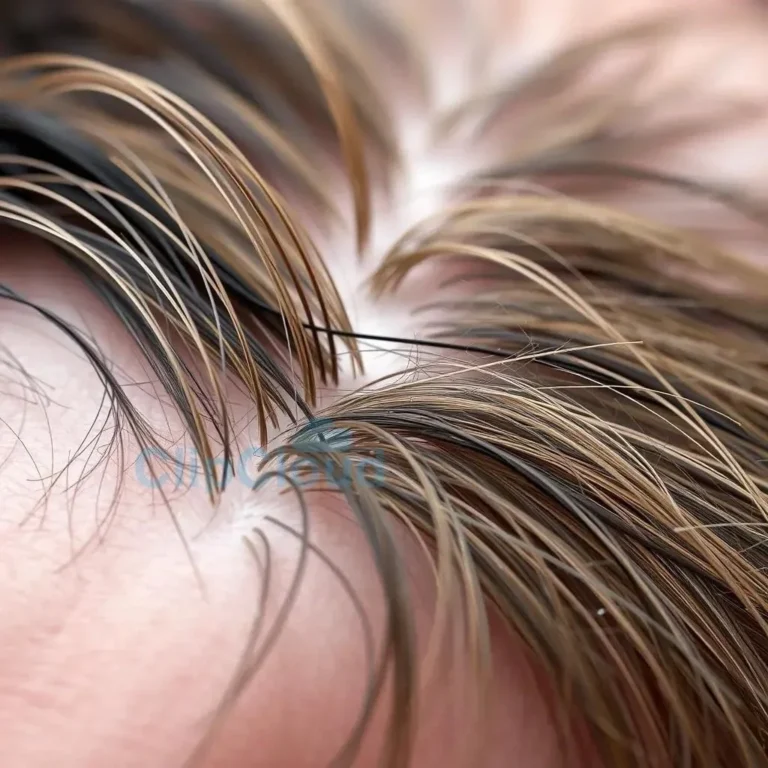The Power of Temperature Therapy for Health and Wellness
Temperature therapy encompasses both hot and cold applications, offering diverse health benefits. From invigorating cold plunges to soothing sauna sessions, these practices can profoundly impact your physical and mental well-being. Explore the power of temperature to optimize recovery, boost metabolism, and enhance overall health.
Benefits of Cold Plunge
Immersing yourself in cold water, often referred to as cold plunging or cold water immersion (CWI), has gained significant traction for its potential health benefits. While the practice may seem daunting initially, the invigorating shock of cold water can offer a range of physiological and psychological advantages.
Reduced Muscle Soreness and Inflammation: Cold plunges are particularly popular among athletes for their ability to mitigate muscle soreness and inflammation after intense workouts. The cold constricts blood vessels, reducing blood flow to the affected area and minimizing swelling. This can lead to faster recovery and improved athletic performance.
Improved Circulation: While initial exposure to cold constricts blood vessels, the body’s natural response is to subsequently improve circulation to maintain core temperature. This improved blood flow can benefit overall cardiovascular health and deliver vital nutrients and oxygen throughout the body.
Enhanced Mood and Mental Clarity: The shock of cold water can trigger a release of endorphins, natural mood boosters that can elevate feelings of well-being and reduce stress. Many individuals report experiencing a sense of invigoration and mental clarity after a cold plunge, contributing to improved focus and concentration.
Boosted Immune System: Regular exposure to cold is thought to increase the production of white blood cells, which play a crucial role in fighting off infections and diseases. This potential immune-boosting effect may contribute to overall health and resilience;
Increased Resilience to Stress: Repeated exposure to cold can help the body adapt to stressors, both physical and mental. This increased resilience can translate to better management of everyday challenges and improved coping mechanisms.
Improved Sleep Quality: While more research is needed in this area, some individuals report improved sleep quality after incorporating cold plunges into their routine. The calming effect on the nervous system may contribute to better sleep onset and duration.
Important Considerations: It’s crucial to approach cold plunging safely. Start with short immersions and gradually increase the duration as your body adapts. Consult with a healthcare professional before starting cold plunge therapy, especially if you have any underlying health conditions.
Heat Therapy and Recovery
Heat therapy, encompassing various methods like saunas, hot tubs, and heating pads, offers a soothing and therapeutic approach to recovery and relaxation. The application of heat can provide numerous benefits for muscle relaxation, pain relief, and overall well-being.
Improved Blood Circulation: Heat dilates blood vessels, promoting increased blood flow to the targeted area. This enhanced circulation delivers oxygen and nutrients essential for tissue repair and recovery, while also helping to flush out metabolic waste products.
Muscle Relaxation and Pain Relief: Heat therapy can effectively relax tense muscles and alleviate pain associated with muscle soreness, stiffness, and injuries. The warmth soothes discomfort and promotes flexibility, making it a valuable tool for athletes and individuals experiencing chronic pain.
Reduced Joint Stiffness: Heat application can improve joint mobility and reduce stiffness, making it beneficial for individuals with arthritis and other joint-related conditions. The increased blood flow and warmth can ease discomfort and improve range of motion.
Stress Reduction: The relaxing warmth of heat therapy can promote relaxation and reduce stress levels. The soothing sensation can calm the nervous system and provide a sense of tranquility, contributing to overall mental well-being.
Improved Sleep Quality: Engaging in heat therapy before bed can promote relaxation and prepare the body for sleep. The warmth can help regulate the body’s natural sleep-wake cycle, contributing to improved sleep quality and duration.
Detoxification Support: Sweating induced by heat therapy can assist in eliminating toxins from the body. While the primary detoxifying organ remains the liver, sweating can play a supplementary role in removing certain waste products.
Different Methods of Heat Therapy: Various methods of heat therapy cater to different needs. Saunas provide dry heat, while hot tubs offer moist heat. Heating pads provide localized heat for targeted relief. Consult with a healthcare professional to determine the most suitable method for your specific needs and health conditions.
Thermogenesis and Metabolism Boosting
Thermogenesis, the process by which the body generates heat, plays a crucial role in regulating metabolism and energy expenditure. Both cold and heat therapies can influence thermogenesis, offering potential benefits for weight management and metabolic health.
Cold-Induced Thermogenesis: Exposure to cold temperatures activates brown adipose tissue (BAT), also known as brown fat. BAT specializes in generating heat by burning calories, increasing energy expenditure and potentially aiding in weight management. Cold plunges and cryotherapy can stimulate BAT activity.
Heat-Induced Thermogenesis: While less pronounced than cold-induced thermogenesis, heat exposure can also contribute to increased metabolic rate. Sauna use, for example, can elevate heart rate and body temperature, leading to a temporary boost in metabolism.
Metabolic Benefits of Temperature Therapy: The combined effects of cold and heat therapies on thermogenesis can contribute to improved metabolic health. By influencing energy expenditure and calorie burning, these practices may support weight management efforts and enhance overall metabolic function.
Hormonal Influence: Temperature therapy can influence hormone levels that play a role in metabolism. Cold exposure, for instance, can increase levels of norepinephrine, a hormone associated with increased metabolic rate and fat burning.
Impact on Insulin Sensitivity: Some research suggests that both cold and heat therapies may positively influence insulin sensitivity, a key factor in regulating blood sugar levels and preventing metabolic disorders like type 2 diabetes.
Combined Approach for Optimal Results: Integrating both cold and heat therapies into a wellness routine may offer synergistic benefits for thermogenesis and metabolic health. Consult with a healthcare professional to develop a personalized plan that aligns with your individual needs and health goals.
Lifestyle Factors and Sustainability: While temperature therapy can contribute to metabolic boosting, it’s essential to incorporate it as part of a holistic approach to health and wellness. A balanced diet, regular exercise, and adequate sleep remain crucial for long-term metabolic health and weight management.
Sauna Use for Overall Health
Sauna bathing, a practice rooted in ancient traditions, offers a range of potential health benefits beyond simple relaxation. The dry heat of a sauna can promote sweating, detoxification, and cardiovascular health, contributing to overall well-being.
Cardiovascular Health Benefits: The heat of the sauna increases heart rate and blood flow, mimicking the effects of moderate-intensity exercise. Regular sauna use may improve cardiovascular function, lower blood pressure, and reduce the risk of heart disease.
Relaxation and Stress Reduction: The calming heat of the sauna can promote relaxation and reduce stress levels. The quiet environment and warmth can soothe the nervous system and provide a sense of tranquility, contributing to mental well-being.
Muscle Relaxation and Pain Relief: Sauna use can relax muscles and alleviate pain associated with muscle soreness and stiffness. The heat improves blood flow to the muscles, promoting relaxation and reducing discomfort.
Skin Health: Sweating induced by sauna use can help cleanse the skin and remove impurities. The increased blood flow can also contribute to a healthy complexion.
Respiratory Health: The warm, moist air of the sauna can help open airways and relieve congestion, potentially benefiting individuals with respiratory conditions like asthma or bronchitis.
Social Connection and Well-being: Sauna bathing can be a social activity, fostering connection and community. Sharing the sauna experience with others can enhance relaxation and promote social well-being.
Different Types of Saunas: Various types of saunas exist, including traditional Finnish saunas, infrared saunas, and steam rooms. Each type offers a slightly different experience and may have specific benefits. Consult with a healthcare professional to determine the most suitable type for your individual needs.






